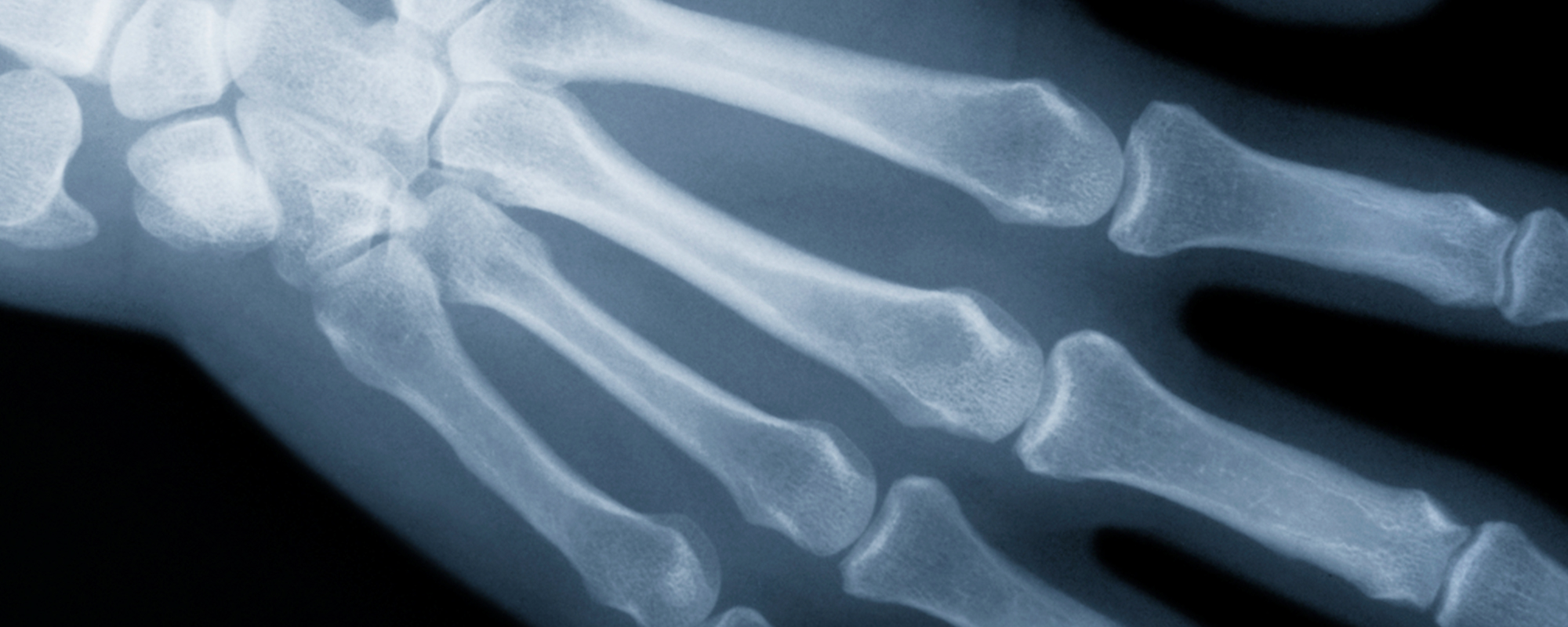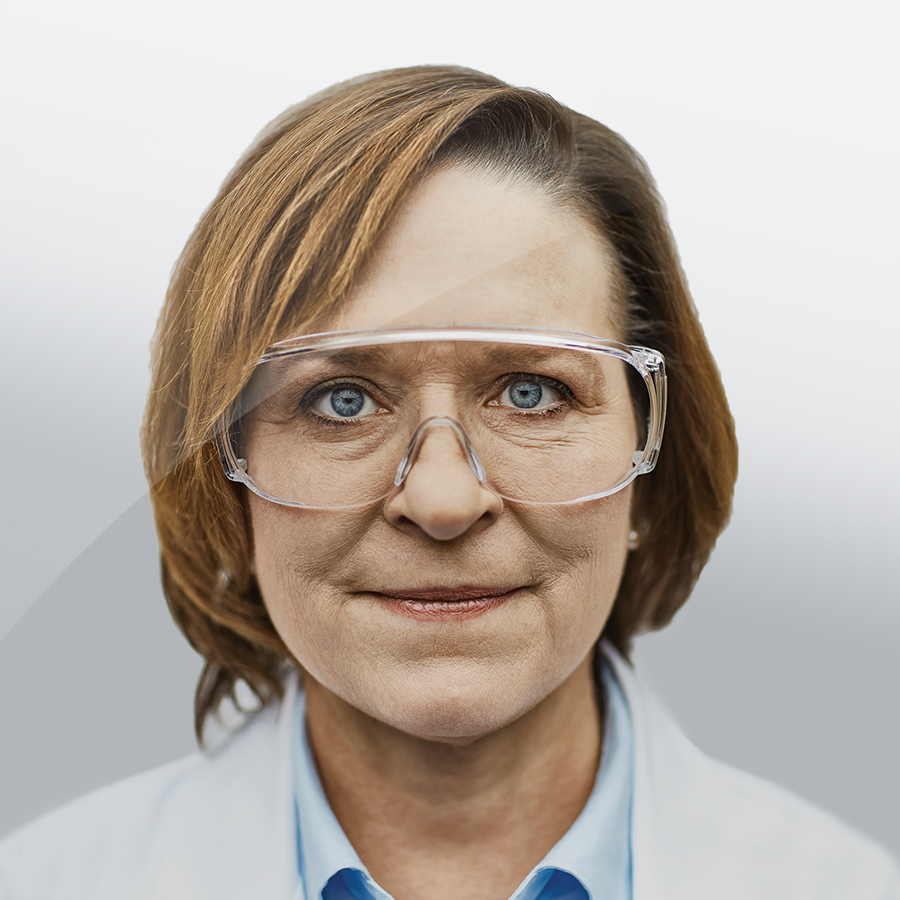New Advancements Speed Recovery and Enable Healthier Lives for JA patients
Parker, an athletic eight-year-old, was troubled by a persistent pain in his legs. He thought it was just typical growing pains, but a series of tests revealed something more serious: juvenile rheumatoid arthritis (JRA). At first, Parker thought nothing of his diagnosis. That is, until the pain started getting worse. “I really underestimated this disease,” Parker confesses. “I’m in pain every single day of my life.” But despite all the obstacles against him, Parker chooses to fight for his life and the lives of other children affected by all forms of juvenile arthritis (JA). It’s been eight years since his battle began, and Parker is as resilient as ever. He recently enrolled in a clinical trial for a promising new medicine and so far, it has helped with his pain reduction. Parker is also a patient advocate and has raised more than $100,000 for families impacted by JA. And Parker has no intention of slowing down. “I live by a motto that you’re never fully dressed without a smile, because positivity is what keeps us going. And with hope, anything is possible.”





